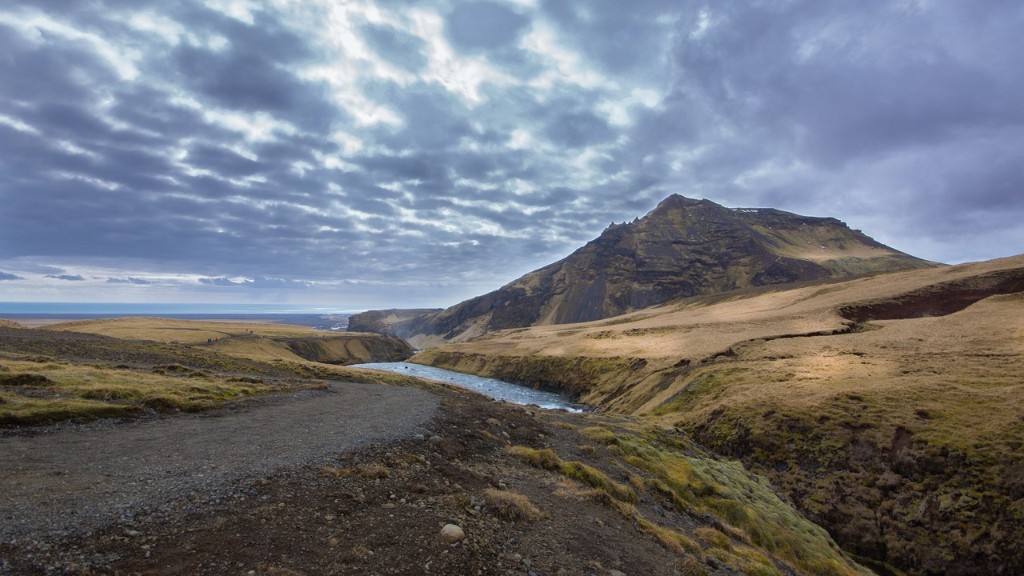What is the Ohio River?
The Ohio River is the second longest tributary of the Mississippi River. It stretches from Pittsburgh, Pennsylvania, to Cairo, Illinois, for about 981 miles (1,579 km). The Ohio tributary is the largest tributary, and the Ohio River is considered to be the most flood-prone and most heavily used tributary of the Mississippi River. The cities of Pittsburgh, Cincinnati, and Louisville are all located along the Ohio River.
History of the Ohio River
The Ohio River is one of the oldest rivers in North America, as it was discovered by Europeans in the late 1600s. It was also one of the first rivers in the area to be used for commerce, as Native Americans and later settlers used the river to transport goods. The river also served as the main transportation route for settlers moving west.
Is the Ohio River a Tributary of the Mississippi River?
The answer is yes. The Ohio River is a tributary of the Mississippi River, which means it is a smaller river or stream that feeds or empties into a larger river. The Ohio River empties into the Mississippi at Cairo, Illinois, about 780 miles (1,256 km) from the mouth of the Mississippi River in Louisiana.
Significance of the Ohio River
The Ohio River is an important play in commercial and agricultural transportation in the midwestern and eastern United States. It is used to transport bulk goods such as coal, oil and grains, as well as passenger boats and cruise ships. The Ohio River also provides water for irrigation and drinking water. It is estimated that over 6.5 million people depend on the Ohio River for their drinking water.
Pollution of the Ohio River
The Ohio River suffers from significant pollution due to the industrial nature of its uses. The river is home to a variety of pollutants, including heavy metals, pesticides, and PCBs, as well as sewage, industrial, and agricultural runoff. The pollution levels in the Ohio River have been described as “alarming” by researchers, and concerted efforts are being taken to reduce pollution levels and restore the river’s water quality.
Restoration of the Ohio River
Organizations such as the Ohio River Education Network (OEM) and Ohio River Watershed Network (ORWN) are working to restore the Ohio River. These organizations are working to reduce pollution levels and protect the river’s habitats and species. These conservation efforts are being funded by various environmental groups and government agencies.
How You Can Help Protect the Ohio River
You can help protect the Ohio River in a variety of ways. One easy thing you can do is get involved with local river conservation efforts. You can also support organizations working to conserve the Ohio River, either through donations or participating in their activities. Additionally, you can do your part to reduce runoff from your home by using organic fertilizers, picking up any pet waste, and using less water.
Economic Impact of the Ohio River
The Ohio River is an important source of income for communities in the Ohio River Valley. The river provides jobs for people in river transportation, river tourism, and water treatment. In addition, the Ohio River is an important source of energy for the region, and many communities rely on the river for their energy needs.
Fishing on the Ohio River
The Ohio River is renowned for its fishing opportunities. Common game fish include large and smallmouth bass, catfish, walleye, muskellunge, and various species of panfish. These fish provide recreation for local communities, as well as food for local markets.
The Ohio River is a navigable river, meaning it can be used for transport of goods and people. The river is home to a variety of vessels, such as barges and tugboats. The Ohio River forms a network of transportation between Pittsburgh and New Orleans, as well as other cities along the Ohio and Missouri Rivers.
Environmental Impact of the Ohio River
The Ohio River is an important habitat for fish and other aquatic species. The river supports a variety of species, such as mussel, sunfish, catfish, carp, and the endangered paddlefish. In addition, the river is home to a variety of migrating birds and amphibians, as well as mammals such as turtles, muskrats, and beavers.
Flooding on the Ohio River
The Ohio River is known for its flooding, as the river is prone to flooding due to its low banks. The flooding is usually caused by spring snowmelt or heavy rainfall. Major floods have occurred along the Ohio River throughout its history, the most recent being in 2011. The effects of these floods can be devastating, and can cause property damage, displacement of people, and loss of life.
Flood Control Projects on the Ohio River
Due to the frequent flooding on the Ohio River, flood control projects have been developed along the river in order to reduce the impacts of floods. These projects have included the construction of levees and dams, as well as channel deepening and straightening. These projects have been successful in reducing the impact of floods in many towns and cities along the Ohio River.
Conclusion
The Ohio River is an important source of water, energy, and transportation in the midwestern and eastern United States. It is also a tributary of the Mississippi River, emptying into it at Cairo, Illinois. Despite the pollution and frequent flooding, organizations have been established to restore and protect the Ohio River and its habitats, and people can do their part to help conserve the river.



